A near-catastrophe at Honolulu International Airport exposed a long-standing safety issue that remains unresolved. The final report from the National Transportation Safety Board (NTSB) was recently released. The findings detail the January 23, 2023, incident involving United Airlines flight 384 from Denver to Honolulu, operated by a Boeing 777, and a Kamaka Air Cessna 208B Caravan arriving from Lihue. The report highlights serious concerns about the airport’s outdated layout and systemic risks.
A moment of panic on the runway.
The incident unfolded when United Flight 384 from Denver landed on runway 4R at Honolulu. Air traffic control instructed the pilots to “hold short of” (not go into) runway 4L, and the first officer correctly acknowledged receiving that instruction.
However, as the aircraft exited onto the taxiway (K), the captain misjudged the stopping distance. The Boeing 777 crossed the required hold-short line for 4L, entering an active intersection as a Kamaka Air Cessna 208B was landing on runway 4L.
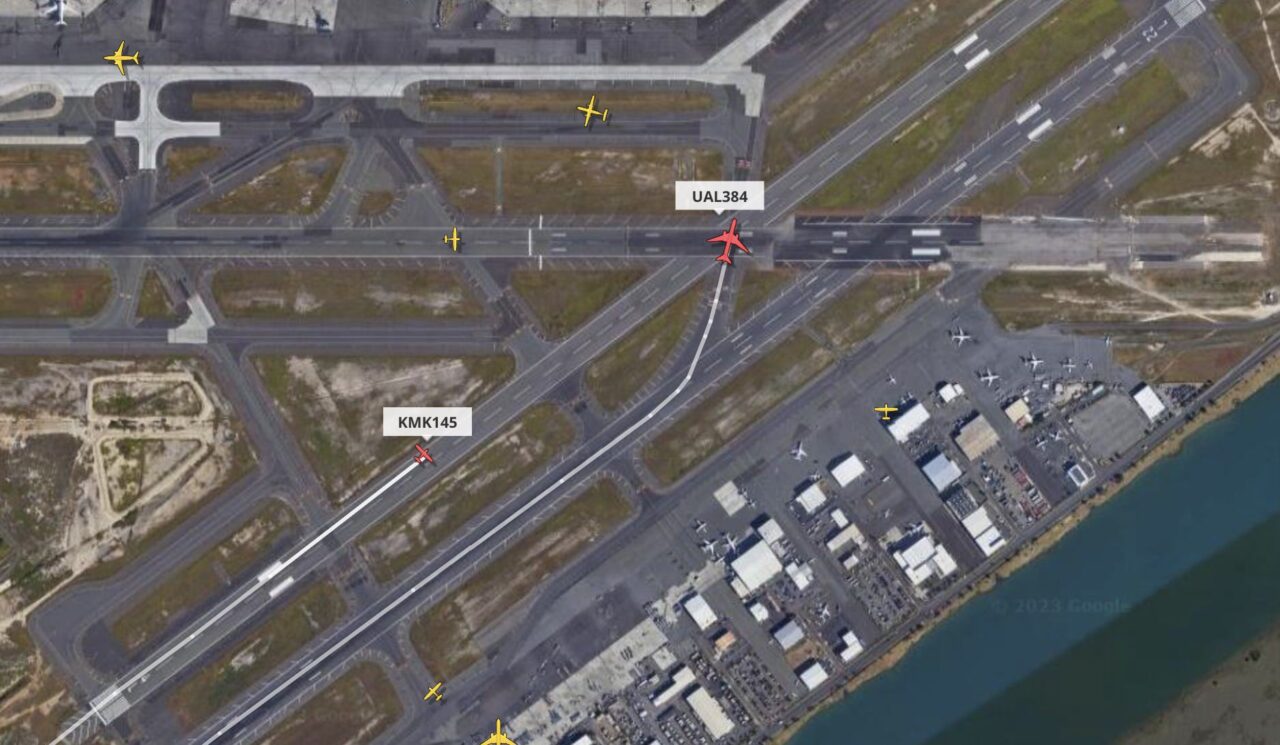

The two aircraft came within 1,173 feet of each other. While that might seem like a safe margin, in aviation terms, it was dangerously close. The captain later described being startled at how quickly they reached the intersection. By the time the error was realized, the aircraft had already gone too far.
A known problem that wasn’t fixed.
Taxiway K has long been identified as a high-risk area at Honolulu Airport. The Federal Aviation Administration (FAA) had flagged it as a “hot spot” where pilots frequently fail to stop at the same designated hold-short line. The NTSB report confirmed that Honolulu’s taxiway layout does not meet modern safety standards and contributes to the risk of incursions.
One of the key findings was that United’s moving map display did not indicate that widebody aircraft like the Boeing 777 should avoid taxiway K. This critical omission contributed to the crew’s misjudgment. While the pre-flight planning charts included the restriction, the in-cockpit navigation system did not, leading to a breakdown in situational awareness.
The human factor: pilot expectation bias.
Another major issue was what was termed an expectation bias. The captain assumed the aircraft would need a longer amount of runway before turning off onto a taxiway. When the aircraft slowed more quickly than he expected, the captain instinctively turned onto the taxiway without fully registering the hold-short requirement.
The captain believed he wouldn’t be able to stop in time, so he didn’t prepare to exit the runway where he did. By the time the mistake was realized, the aircraft had already crossed into the active intersection.
The FAA’s role in runway safety.
The NTSB’s report criticized the FAA for its delayed response to addressing Honolulu’s outdated taxiway design. The agency had previously recognized that taxiway K posed a known risk, yet the issue remained unresolved at the time of the incursion.
Modern runway layouts are intended to provide airliners with clear hold-short areas and adequate stopping distances. At Honolulu, the hold-short line for 4L is located just 200 feet from the edge of Runway 4R, a configuration that does not allow large aircraft like the Boeing 777 to exit safely without risking an incursion like the one that occurred.
The FAA has stated that it intends to work with airport operators to bring non-standard layouts like Honolulu into compliance during future airport development projects. However, no timeline has been set for redesigning taxiway K at Honolulu Airport.
The risks of parallel runway operations.
Parallel runway operations, where multiple aircraft land and taxi in close proximity, add another layer of complexity. These operations require precise communication between pilots and air traffic controllers. A slight miscalculation can have serious consequences, as seen in this incident.
In Honolulu’s case, the short distance between runways 4R and 4L increases the risk of incursions, particularly when aircraft are instructed to hold short immediately after landing. The FAA has acknowledged these risks, but addressing them will require significant infrastructure changes and time.
What needs to change at HNL?
The NTSB’s findings clarify that multiple fixes are necessary to prevent another incident at Honolulu.
- Design of taxiway K should be revised, or restrictions should be enforced to prevent widebody aircraft from using it.
- Airlines must update their moving map displays to include hold-short restrictions for high-risk taxiways. The omission of this information from United’s system was a critical factor in this incident.
- FAA must take more immediate action to enforce runway safety improvements. While the agency has acknowledged the risks, its slow response has allowed outdated designs to persist.
The near-miss at Honolulu should be a wake-up call. We invite your comments.
Get Breaking Hawaii Travel News
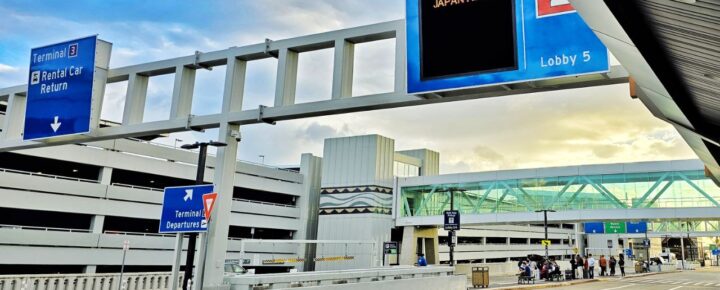
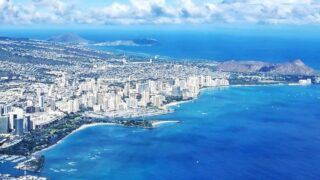
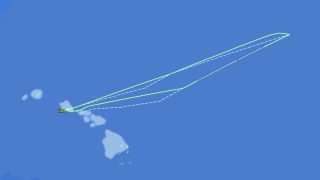
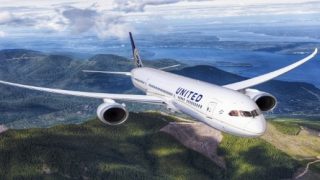
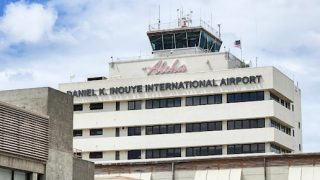
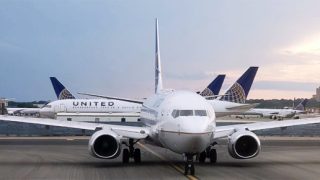
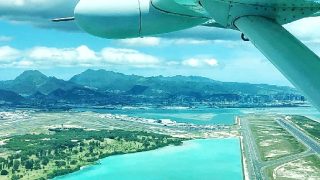
BTDT on RW 4R many times over the years I flew in/out of HNL – didn’t “like it” ’cause it’s not B-747 ” friendly”, but w/ our skill and cunning (smiles) and superior airmanship (smiles again) we did it – and after an all night Pacific crossing, the last couple of hours with the sun blasting in our eyes and dog tired after a 12-13 day Orient trip …
The main reason ATC would assign that RW 4R instead of longer RW 8L was because of noise complaints early in the AM from Kapolei and Ko’Olina …
I would usually take the rollout all the way to the end, just to avoid this kind of “incident” – the taxi-in was still short — and the UAL 777 Captain should have done the same, IMO.
You do Not know if you need the entire RW or can make K crossing until you’re there – and then it might be hard to correct once committed to it … hope this helps.
The confluence of Poor Engineering, DEI, ATC, Pilot Error, One Party Rule, but the Train from Kapolei and the west side has only been planned since the mid-1970’s!
Theater high speed turn of 4R needs to be closed and a new high speed turnoff after crossing 8L needs to be established. That existing high speed turnoff has been responsible for too many inadvertent incursions since I first flew in Hawaii beginning in 1989. That change could be the most expeditious, efficient and least expensive solution to what has been a tricky and possibly dangerous situation.
Simple solution: Close taxiway K to anything but USAF aircraft with an “F-” as part of their name.
Make the airliners go to the end of the runway and circle around.
Seems like I have to tour the entire airport at about half the places I land anyway.
Not up to standards? Really?? Hawaii infrastructure??? Sure you Jest!!! (Don’t call me Shirley – Buddump Bump!) Just add that to the running list which has to be miles long at this point… Sadly, the only way things will probably (historically) get moving is going to be (horrifyingly) a serious accident due to shortfalls at HNL such as Tango Kilo.
Best Regards…
And you expect the Government to move fast? Only in cases where you owe it money is the case.